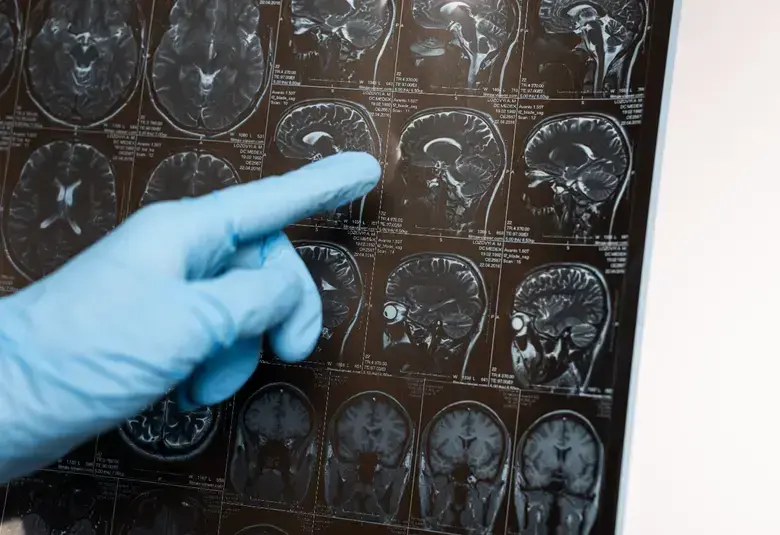At any one time, 4% of the population is experiencing a major depressive episode,1 said Professor Jeffrey Meyer, University of Toronto, Canada, at WCP 2021; and 50% of MDD episodes do not respond to treatment.2 New imaging techniques show differences in the regions of the brain and neural circuits involved in major depressive disorder between patients who do and patients who do not respond to treatment.
Evidence for microglial activation and neuroinflammation
Microglial activation plays a key role in neuroinflammation and is implicated in neuroprogression, said Professor Meyer. It can be demonstrated by measuring translocator protein (TSPO), which is a marker for microglial activation.3
The total distribution volume of translocator protein (TSPO VT) is measured using positron emission tomography;3 and studies demonstrate consistently increased TSPO VT and therefore microglial activation in major depressive disorder (MDD).4
Microglia are activated during a major depressive episode
Professor Meyer highlighted that the increase in TSPO VT in patients during a major depressive episode is greater in those who have had:
- A longer duration of illness3
- Long periods of no antidepressant treatment3
Microglial activation occurs in regions of the brain implicated in MDD
Microglial activation involves the neural circuits implicated in MDD
Compared with healthy controls, TSPO VT is significantly increased during a major depressive episode in the prefrontal cortex, anterior cingulate cortex, insula, dorsal putamen, ventral striatum, thalamus, and hippocampus,3 said Professor Meyer.
The TSPO VT distribution therefore involves the neural circuits that have been implicated in MDD,4 he explained.
It has been proposed that specific dysfunctions in the functional and structural connectivity of these neural circuits are responsible for different emotional, cognitive, and self-reflective behaviors, and as a result the heterogeneity of MDD.4
Microglial activation is associated with a long duration of untreated illness
Potential blood serum markers of microglial activation
Blood serum markers might predict TSPO VT and allow investigation of the role of microglial activation and neuroinflammation in MDD without the need for complex imaging techniques, said Professor Meyer.
Potential candidates are prostaglandin E2 (PGE2) and tumor necrosis factor alpha (TNFα), which are both synthesized by activated microglia.
Serum PGE2 and TNFα levels consistently correlate with TSPO VT
Measurement of the concentrations of PGE2 and TNFα in blood serum, controlled by C-reactive protein as an index of peripheral inflammation, correlated with prefrontal cortex TSPO VT in:6
- 20 patients with major depressive episodes due to MDD
- 56 patients with treatment-resistant major depressive episodes due to MDD
PGE2 and TNFα are therefore predictive of prefrontal cortex TSPO VT and show promise as potential biomarkers of microglia activation and neuroinflammation,6 said Professor Meyer.
For the latest updates on sea.progress.im, subscribe to our Telegram Channel https://bit.ly/telePiM
Our correspondent’s highlights from the symposium are meant as a fair representation of the scientific content presented. The views and opinions expressed on this page do not necessarily reflect those of Lundbeck.




